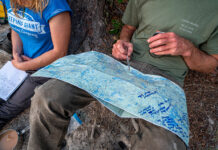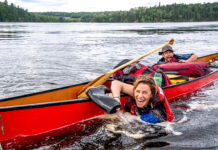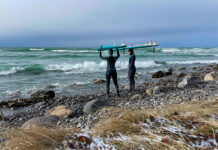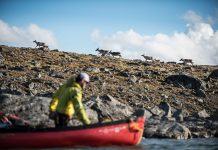My first canoe was a junker. A generation older than me, this hand-me-down was just 14 feet long and weighed a hefty 80 pounds. It was all fiberglass, aluminum and paint. The multiple cover-up jobs had taken it from blue to green to rubber duck yellow in half-assed attempts to hide its many scratches, chips and gouges.
Car topping it solo was out of the question—the missing passenger side mirror of my parent’s van was a testament to why—and solo lifting to portage was a feat of both acrobatics and athleticism with a 50 percent chance of success or chiropractic failure.
Once on the water, none of that mattered.
My first canoe took me to places that had previously only been a smattering of blue and green on folded paper. It carried me through morning mist to reveal moose grazing and caused a happy little lurch in my stomach whenever I lifted the garage door— the promise of adventure woven in layers of tired fiberglass.
In waves my first canoe may have taken on more water than some, and yes, its oil canning hull ensured it always felt like I was paddling a barge, but it was mine and it floated and I loved it. Her name is Nessie.
When we all started canoeing, it didn’t much matter what we were paddling. Aramid, polyethelene, Spectra and Royalex were words without meaning—a foreign language spoken only by older, bearded and flannel-wearing fellows we met on the portage trails. An appreciation of how materials and design affect performance is irrelevant when there’s no concept of what performance feels like.
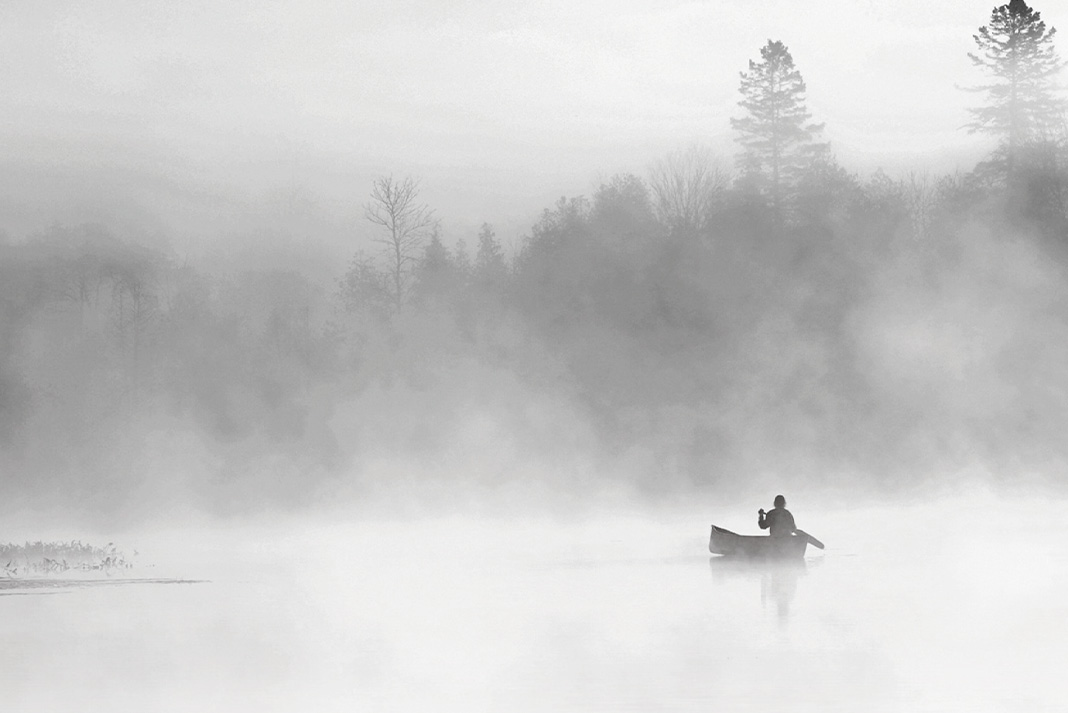
Nowadays, it’s a different story. I have a sexy red lightweight tripper that is far more suited to the type of paddling I like to do. I can car-top it solo and announcements of upcoming portages aren’t followed by a sad sigh of resignation. My tripper isn’t ideal for every occasion though. I’m lusting after a sleek solo racer for lunchtime jaunts, and a traditional wood canvas design for Sunday afternoons.
It’s been years since I’ve paddled Nessie. She still hits the water a few times each summer, borrowed by friends who are unencumbered by such considerations as tracking and tumblehome. Nessie is a vessel to adventure. And I’m sure if you asked them, each and every one of my friends would say that Nessie is a great canoe. For the rest of us, there’s the 2015 Paddling Buyer’s Guide.
Kaydi Pyette is the managing editor of Canoeroots magazine.
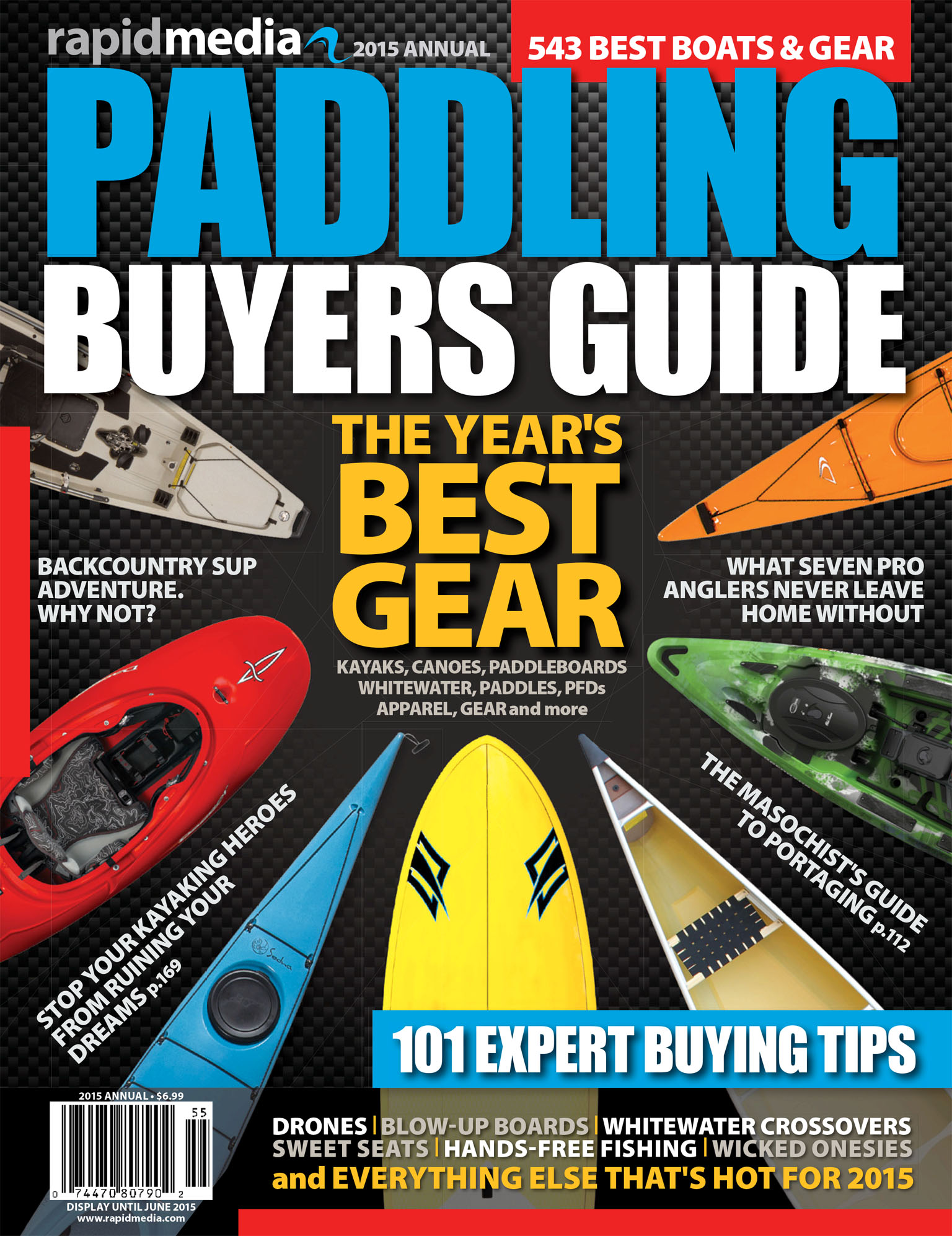 This article first appeared in the 2015 Paddling Buyer’s Guide. Subscribe to Paddling Magazine and get 25 years of digital magazine archives including our legacy titles: Rapid, Adventure Kayak and Canoeroots.
This article first appeared in the 2015 Paddling Buyer’s Guide. Subscribe to Paddling Magazine and get 25 years of digital magazine archives including our legacy titles: Rapid, Adventure Kayak and Canoeroots.



